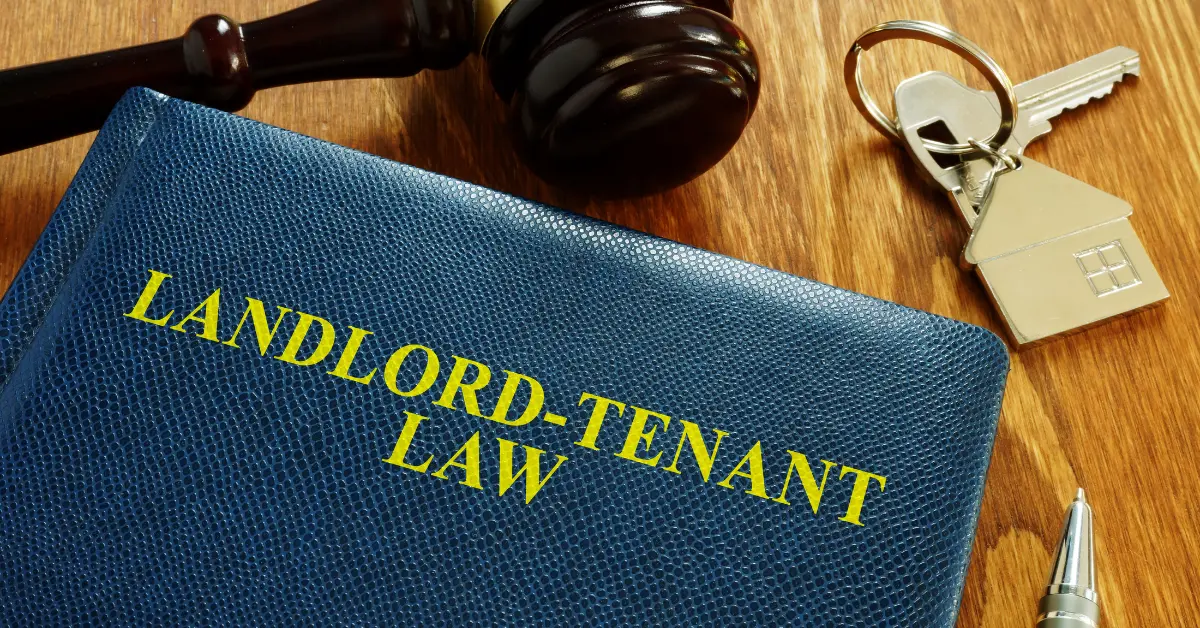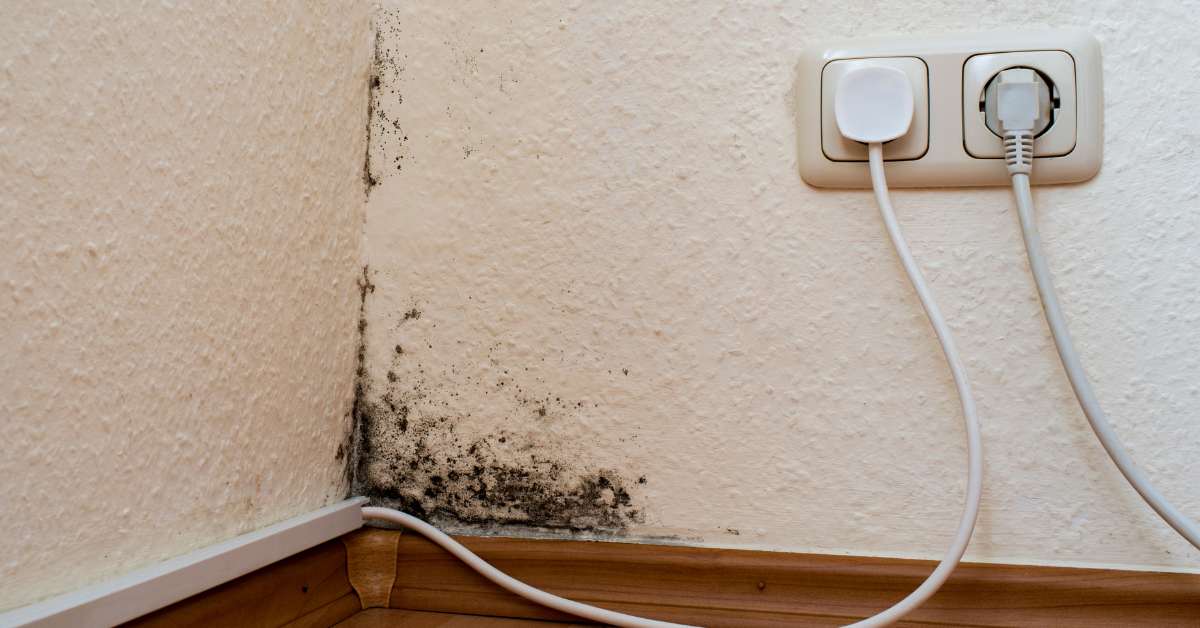Living in historic Washington, DC is an unparalleled experience. The heart of our nation’s government delivers an exciting mix of culture, history, and nature. With so much to offer, homes in the city can also come with a hefty price tag.
The average listing in DC comes in at $600,000, over $280,000 more than the country’s median home cost. But before you cross DC off your list, learn about the different programs available for homebuyers.
Let’s take an in-depth look at the DC Open Doors program to see if it can help you land the home of your dreams!
What Is DC Open Doors?
DC Open Doors is a DC Housing Finance Agency (DCHFA) program designed to increase the affordability of homeownership. Homebuyers can apply for housing loans, as well as down payment and closing costs aid.
You can apply whether you dream of moving to DC or you’re a life-long resident. DC Open Doors is ideal for first-time homebuyers because of its simplified process. But prior homeowners can take advantage of this program as well.
What Services Does the DC Open Doors Program Offer?
First-time homeownership can be a confusing and stressful experience. That’s why DC Open Doors is ideal for beginner buyers! Depending on the loan type, applicants enroll in a homebuyer education course that covers the entire process.
The DC Open Doors program offers help in three key areas of the home buying process. Housing loans are acquired through participating lenders. Down payment help and closing costs aid are also available.
Housing Loans
Very few people can buy residential real estate outright. That’s where housing loans come in! Participating DC Open Doors lenders can help buyers secure below-market interest rate mortgages.
FHA and conventional loans are the two loan options with the DC Open Doors program. Choosing the right one depends on your financial situation and lending needs. The maximum loan amount for both types is $548,250.
FHA loans are offered by approved FHA lenders and are government-insured. Conventional loans, on the other hand, are not insured by the government. Instead, they’re available through private lenders or Fannie Mae/Freddie Mac.
Regardless of your choice, you’ll need to pay a mortgage insurance premium (MIP). The MIP comes into effect when the down payment is below 20% of the loan for both types of loans.
Down Payment Assistance Loan (DPAL)
A down payment is a standard step in the homebuying process. The down payment usually averages between 3% and 6% of the house mortgage amount. The cost of this payment can create a barrier to entry for first-time homebuyers.
That’s why the DPAL from DC Open Doors is a great option! It’s a secondary loan used in conjunction with the mortgage to cover the costs of a down payment. You can also use it towards closing costs.
If you’ve applied for a mortgage through the DC Open Doors program, you can take advantage of their DPAL. Buyers can borrow up to 3% of their conventional loan amount or 3.5% of their FHA loan amount.
It’s a deferred non-amortizing loan, meaning you won’t need to make monthly payments towards it. Instead, the cost of your loan is due when one of these situations occur:
- Thirty years from the loan closing date
- Upon the sale or transfer of your home to another individual
- The home ceases to be your main residence
- You refinance your mortgage
To apply for a DPAL, your income needs to fall below $151,200. This figure is based on the principal borrower’s income rather than the household income. Additionally, your house loan cannot exceed $548,250.
Is DC Open Doors Right for Me?
You’ll need to meet each of the following qualifications before applying through the DC Open Doors program:
- A credit score of 640 or more
- Income of $151,200 or less
- Debt-to-income (DTI) ratio of 50% or less for conventional loans
- DTI of 45% or less for FHA loans
As mentioned before, $548,250 is the highest loan amount, but there’s no limit on the sales price. So if you have a little nest egg saved up, you can potentially combine it with the loan to increase your budget.
The program is eligible for all homebuyers, including repeat buyers. Both residents and non-residents of DC can take advantage of these terms. There are no restrictions on locations, so all DC neighborhoods and wards are allowed.
Most types of residences are approved, including:
- Detached single-family homes
- Semi-detached single-family homes
- Townhomes
- Condominiums
- Modular homes
Unfortunately, cooperative housing doesn’t fall into these boundaries. You should consider seeking out another loan if co-op housing is your goal.
The DC Open Doors Process
The DC Open Doors process doesn’t differ too much from a regular home buying experience. You’ll need to apply through a lender, find an agent, and search for your dream home! You can enroll in one of DC Open Door’s home buying seminars for more detailed guidance.
Find a Lender
Your DC Open Doors-approved lender will be your go-to throughout the process. They will take care of the entire mortgage procedure! DC Open Doors provides a helpful list of lenders to contact throughout the area.
Find an Agent
Once your home loan is approved, it’s time for the fun part! You’ll need an experienced, trustworthy real estate agent to guide you. They can fill you in on everything you need to know when moving to DC.
Nomadic Real Estate can help you triumph in the fast-paced bidding war economy of DC. With access to off-market properties and passionate service, you’ll be picking up your new keys faster than you ever imagined!
Get the Home of Your Dreams!
Down payments and skyrocketing home prices can make it impossible to enter the housing market. But programs like DC Open Doors aim to make homeownership accessible and affordable.
After you’ve secured your loan, contact Nomadic Real Estate to find your ideal home. As a family-operated agency, we care about our clients and their families. We have over 17 years of experience in residential real estate in Washington, DC!
Contact Nomadic Real Estate today to discuss your residential real estate sales needs!



































